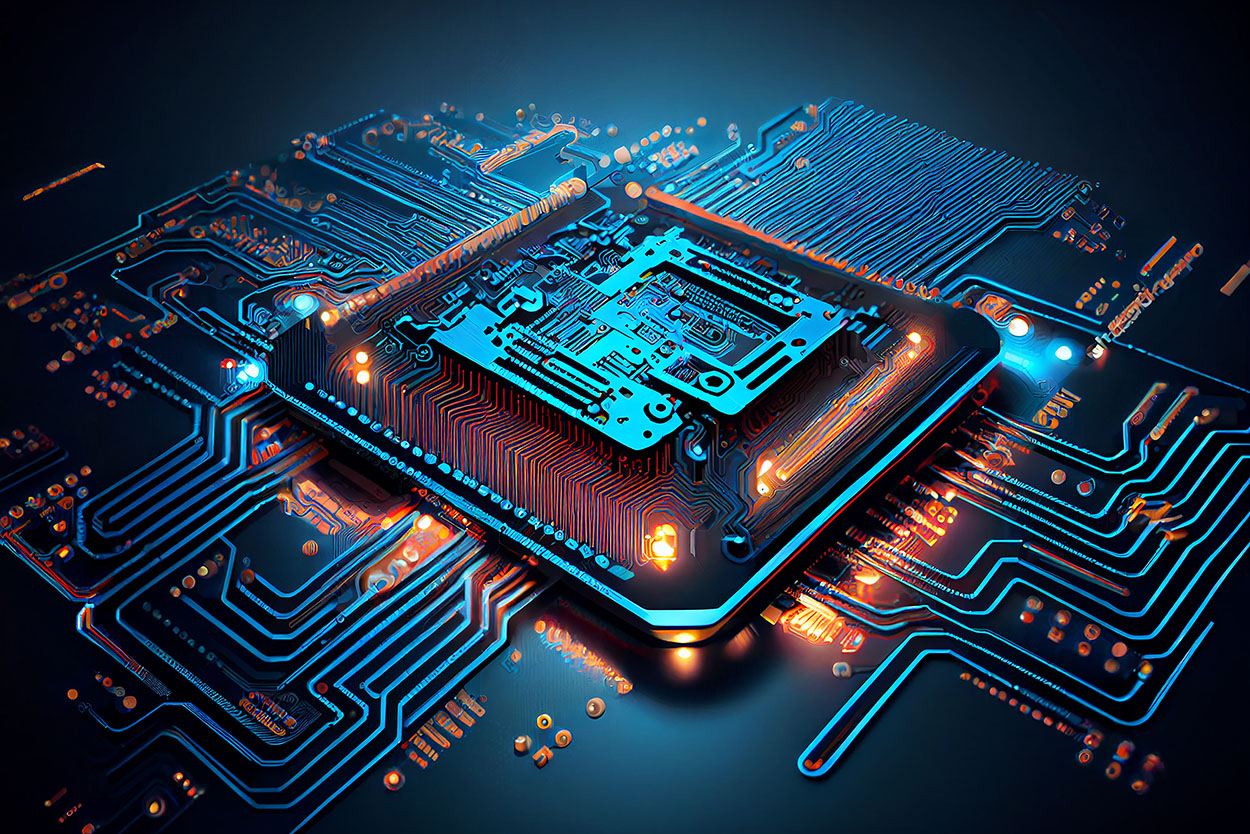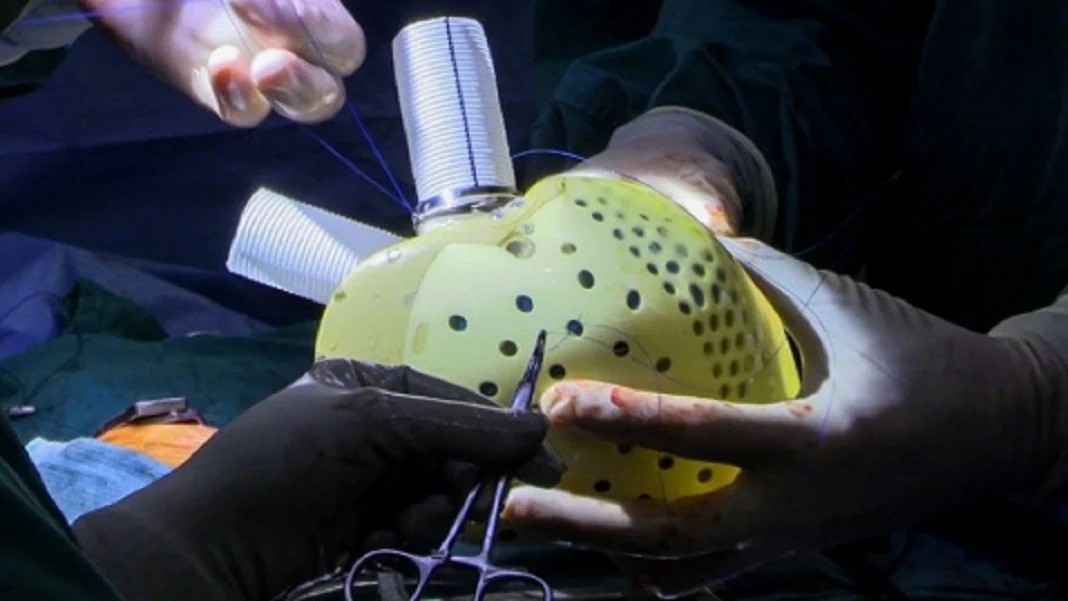Imagine a factory floor where robots work side-by-side with humans, seamlessly collaborating without the need for safety cages or restrictive barriers. Welcome to the world of collaborative robots, or cobots, where technology and humanity merge to redefine productivity and workplace safety.
What Are Cobots?
Collaborative robots, or cobots, represent a groundbreaking shift in industrial automation. Unlike traditional robots, which operate in isolation within safety enclosures, cobots are designed to work alongside human operators. Equipped with advanced sensors and software, cobots interact safely with their human counterparts, enhancing efficiency and reducing the risk of workplace injuries.
These robots are more than just machines; they are versatile partners in the workspace. With user-friendly interfaces and easy programming capabilities, cobots can be quickly set up and reconfigured to tackle a variety of tasks. Their design focuses on safety and flexibility, making them suitable for diverse applications across industries
Cobots in Action: Real-World Applications
- Manufacturing Marvels:
- Assembly Lines: Cobots are revolutionizing assembly processes by taking on repetitive, precision-based tasks. In electronics and automotive sectors, they handle intricate assembly jobs with unmatched accuracy, allowing human workers to focus on more complex tasks.
- Quality Control: Equipped with vision systems, cobots inspect products for defects and ensure they meet quality standards, maintaining high levels of precision and consistency.
2. Logistics and Warehousing:
Order Fulfillment: Cobots streamline the order fulfillment process by swiftly handling and organizing products, which boosts overall efficiency and accuracy in distribution centers.
Material Handling: In bustling warehouses, cobots assist with picking, packing, and sorting items, speeding up operations and reducing manual labor. They are also used for palletizing, efficiently stacking goods and optimizing storage.
3. Healthcare Helpers:
Rehabilitation: Cobots aid in physical therapy by guiding patients through exercises, offering adjustable support to enhance recovery and rehabilitation
Surgical Assistance: In the medical field, cobots are making strides by assisting with delicate surgical procedures, providing precision and support in critical operations.
4. Service and Hospitality Enhancements:
Food Service: In restaurants and kitchens, cobots take on tasks like cooking, serving, and cleaning, ensuring consistency and efficiency in food preparation and service.
Customer Interaction: From information kiosks to interactive guides, cobots enhance customer service experiences in public spaces, providing information and assistance with a friendly, robotic touch.
The Benefits of Cobots: Why They Matter
- Boosting Productivity:
Reduced Downtime: Their flexibility allows for quick reconfiguration and minimal downtime, ensuring continuous and efficient production processes.
Efficiency Gains: Cobots work alongside humans to handle repetitive and mundane tasks, allowing human workers to focus on more strategic and creative activities. This collaboration leads to significant productivity boosts.
2. Enhancing Workplace Safety:
Safe Interaction: Advanced safety features, such as collision detection and force-limiting, ensure that cobots can work closely with humans without posing a threat.
Injury Reduction: By taking on hazardous or repetitive tasks, cobots help minimize the risk of injuries associated with manual labor, creating a safer work environment.
3. Cost-Effectiveness:
Labor Cost Savings: By automating routine tasks, businesses can reduce labor costs and improve overall operational efficiency.
Affordable Automation: Cobots offer a cost-effective solution compared to traditional industrial robots. Their lower initial investment makes them accessible to small and medium-sized enterprises (SMEs).
4. Flexibility and Adaptability:
Versatility: Their ability to perform a wide range of functions makes cobots suitable for various industries, from manufacturing to healthcare and beyond.
User-Friendly Programming: Cobots can be programmed and reprogrammed with ease, allowing for rapid adaptation to new tasks and changing production needs.
Challenges and the Road Ahead
While cobots offer numerous benefits, they also come with challenges. Integrating cobots into existing workflows may require adjustments, and operators need training to utilize them effectively. Additionally, cobots have limitations in payload capacity and precision compared to specialized robots, which may restrict their application in certain scenarios.
However, the future of cobots is brimming with potential. Advances in artificial intelligence and machine learning are expected to enhance their capabilities, making them more autonomous and intelligent. As technology evolves, cobots will continue to expand into new sectors, offering innovative solutions and driving efficiency across diverse industries.
Collaborative robots are more than just a technological trend—they are a glimpse into the future of work. By enabling safe and efficient human-robot collaboration, cobots are transforming industries, enhancing productivity, and improving workplace safety. As we look ahead, the evolution of cobots promises to bring even greater advancements, making them an indispensable part of the modern workplace. Embracing cobots is not just about adopting new technology; it’s about shaping a future where technology and humanity work together in harmony for a more productive and innovative world.
written by Fida Wafiq.




